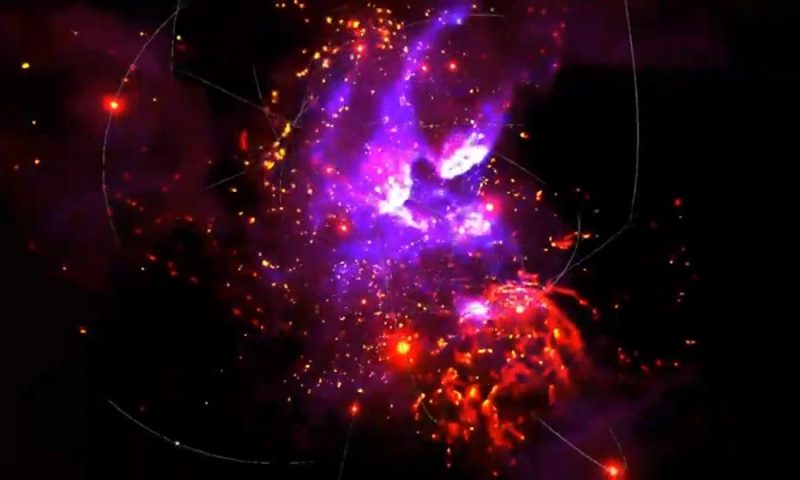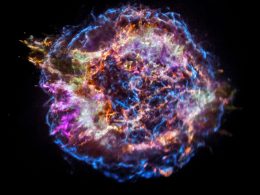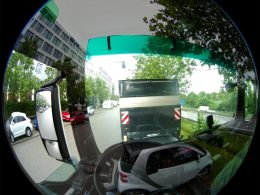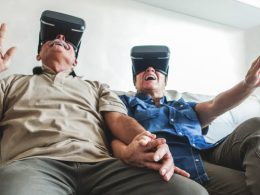Astrophysics fans take note: With Galactic Center VR, Nasa researchers are showing a fully-fledged VR simulation of the supermassive black hole at the centre of the Milky Way.
A black hole with 4.1 million solar masses exists in the centre of the Milky Way. The discoverers named it Sagittarius A* in February 1974. One theory surrounding the dwarf galaxy is that our solar system was formed by collisions between Sagittarius A* and the Milky Way: each collision caused spurts in star formation and thus the growth of the Milky Way - the sun could also have been formed in this way.
In a VR simulation Galactic Center VR, Nasa demonstrates the cosmic evolution around Sagittarius A* over the last 500 years. The simulation, calculated with a supercomputer, is based on data from the Chandra space X-ray telescope and other telescopes.
Gases and supersonic wind collisions: Right in the middle of cosmic evolution
The VR simulation takes astrophysics enthusiasts right into the heart of the Milky Way: from there, you can observe how the gas of 25 giant stars collides with streams of other stars in supersonic wind collisions, heating up to millions of degrees, then discharging into X-ray light storms and being sucked in by the black hole.
Blue and cyan show the hot gas from the supersonic wind collisions observed by Chandra. Red and yellow show all the wind material dominated by cooler gas seen by infrared and by other telescopes. The simulation covers a total of three light years.
Nasa is releasing two versions of Galactic Center VR: A 360-degree video is available on YouTube, which can be viewed directly in the browser or via a YouTube app with all YouTube-compatible PC and smartphone glasses.
A fully rendered, free VR version with free movement in space is available at the Steam Store and in the Viveport Store. Here, individual elements of the simulation can be interactively activated or deactivated.
It is not the first project that deals with the black hole, as you can see. here in our report from the year before last. If you like such journeys into space, you might also want to take a look at Space Engine, which we wrote about last year. reported, throw.
Source: Mixed / Nasa / Youtube









